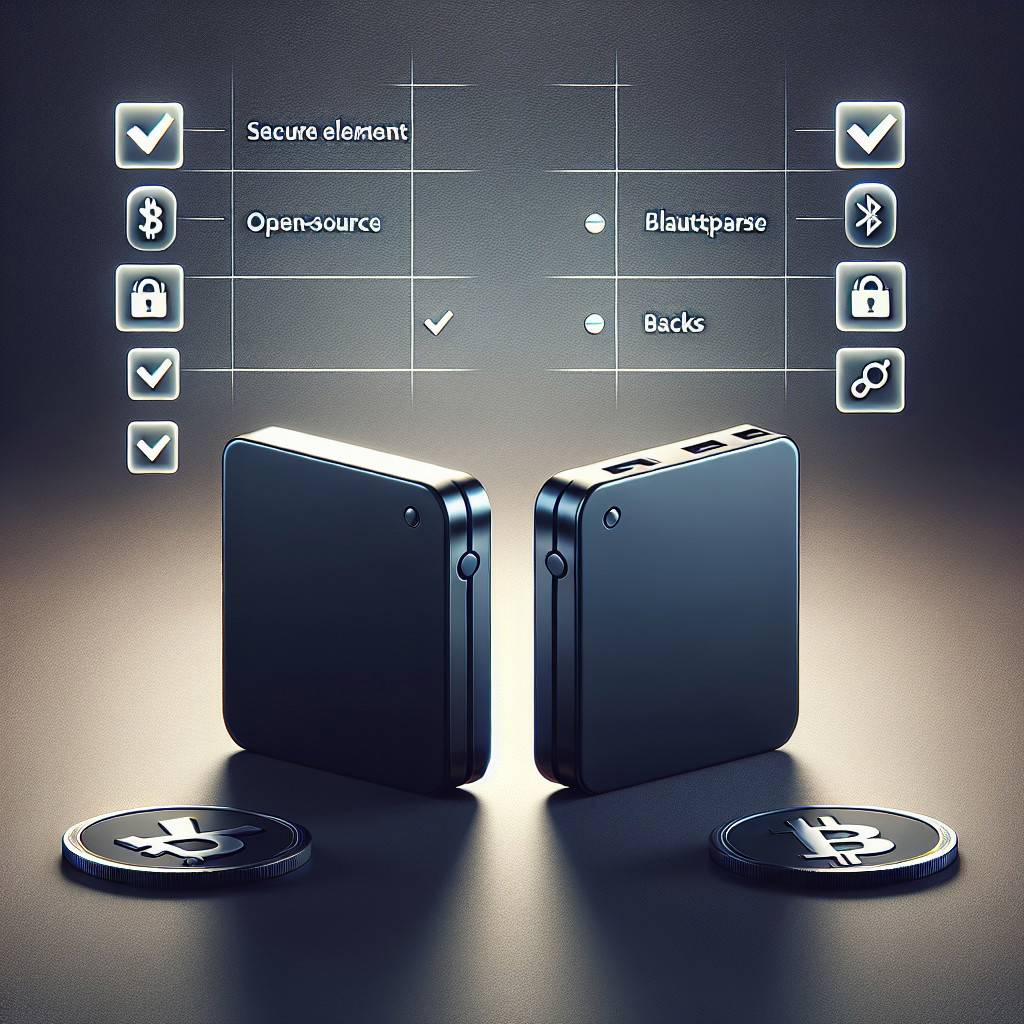
Introduction: What Hooks Bring to Uniswap v4 and Why Builders Care
Hooks in Uniswap v4 let you program custom behavior directly around core AMM actions. Instead of forking the protocol, you attach a hook contract that runs before/after swaps and liquidity changes. This unlocks use cases like dynamic fees, on-chain limit orders, rebates, oracle-integrated pricing, and curated access per pool.
For builders, this means faster iteration with fewer compromises. You can ship specialized market logic while relying on the Uniswap engine for battle-tested execution. If you’re searching for a practical uniswap v4 hooks tutorial, this guide walks from setup to deploy with an emphasis on security, gas, and observability.
New to Uniswap? See Uniswap on Wikipedia and the v4 announcement on Uniswap Labs.
Quick Summary: From Zero to Custom Hook (Environment, Build, Test, Deploy)
- Environment: Install Foundry or Hardhat, a Solidity linter, and Node.js. Spin up a local chain (Anvil or Hardhat Network).
- Build: Scaffold a hook contract implementing the v4 hook interface. Define events, state, and minimal access controls.
- Test: Unit-test callbacks for swaps and liquidity updates. Add fuzzing to harden edge cases.
- Security: Prioritize reentrancy defenses, call ordering, and storage layout. Review external calls.
- Deploy: Ship to a testnet, simulate activity, and verify the contract.
- Observe: Monitor events, dashboards, and alerts. Iterate on parameters safely.
Result: a production-ready hook you can plug into pools, with documented behavior and measurable performance.
Uniswap v4 Architecture: Singleton, Pools, and the Hook Lifecycle
Uniswap v4 introduces a singleton architecture where a central PoolManager holds state for all pools. This design reduces deployment costs and improves gas efficiency.
Each pool is identified by a PoolKey that encodes the tokens, fee settings, and the hook address. When a pool operation occurs, the PoolManager checks which callbacks are enabled and executes a hook lifecycle:
- beforeInitialize / afterInitialize: Validate parameters, seed initial metadata, or emit analytics events.
- beforeModifyPosition / afterModifyPosition: Enforce allowlists, dynamic fee tiers, or liquidity incentives.
- beforeSwap / afterSwap: Implement custom fees, slippage guards, or on-chain limit orders.
- beforeDonate / afterDonate: Handle fee donations or treasury logic.
The key takeaway: hooks extend pool logic without altering core code, offering powerful composability with predictable execution points. For deeper context, see the v4 core repository on GitHub.
Setup: Tooling with Foundry/Hardhat, Dependencies, and Local Testing
Use either Foundry or Hardhat; both are widely adopted and integrate well with modern tooling.
Foundry quickstart:
# Install Foundry
curl -L https://foundry.paradigm.xyz | bash
foundryup
# Scaffold project
forge init uniswap-v4-hook-tutorial
cd uniswap-v4-hook-tutorial
# Add dependencies (example)
forge install OpenZeppelin/openzeppelin-contracts --no-commit
# Run local chain and tests
anvil &
forge test -vv
Hardhat quickstart:
npm create hardhat@latest uniswap-v4-hook-tutorial
cd uniswap-v4-hook-tutorial
npm i --save-dev @nomicfoundation/hardhat-toolbox
npx hardhat test
Keep docs handy: Foundry Book and Hardhat Docs. Start with a local chain for fast iteration, then graduate to testnets.
Build a Basic Hook: Design Goals, Interfaces, Events, and State
Let’s outline a simple FeeRebateHook that rebates a portion of swap fees to an allowlisted address. Design goals: minimal state, explicit events, and safe math.
- Interfaces: Implement the hook callbacks you need (e.g., beforeSwap, afterSwap). Keep them narrow.
- Events: Emit lifecycle events for observability (rebate applied, parameters changed).
- State: Store a rebate rate and an allowlist mapping. Expose admin setters with access control.
// SPDX-License-Identifier: MIT
pragma solidity ^0.8.20;
interface IHooks {
function beforeSwap(address caller, bytes calldata data) external returns (bytes4);
function afterSwap(address caller, bytes calldata data) external returns (bytes4);
}
contract FeeRebateHook is IHooks {
// 1e6 = 100% for fixed-point rate
uint32 public rebatePpm; // parts-per-million
address public admin;
mapping(address => bool) public allowlist;
event RebateUpdated(uint32 rebatePpm);
event AllowlistSet(address indexed user, bool allowed);
event RebateApplied(address indexed trader, uint256 amount);
modifier onlyAdmin() { require(msg.sender == admin, 'not-admin'); _; }
constructor(uint32 _rebatePpm) { admin = msg.sender; rebatePpm = _rebatePpm; }
function setRebate(uint32 _ppm) external onlyAdmin { rebatePpm = _ppm; emit RebateUpdated(_ppm); }
function setAllowed(address user, bool ok) external onlyAdmin { allowlist[user] = ok; emit AllowlistSet(user, ok); }
function beforeSwap(address caller, bytes calldata) external override returns (bytes4) {
// Example: enforce allowlist
require(allowlist[caller], 'not-allowed');
return this.beforeSwap.selector;
}
function afterSwap(address caller, bytes calldata data) external override returns (bytes4) {
// Pseudo: read swap fee from data, compute rebate, emit
// uint256 fee = decodeFee(data);
// uint256 rebate = (fee * rebatePpm) / 1_000_000;
// emit RebateApplied(caller, rebate);
return this.afterSwap.selector;
}
}
Keep logic deterministic and cheap. Use OpenZeppelin libraries for safe patterns and consider upgrade paths if your governance requires iteration.
Security and Gas: Reentrancy, Access Controls, Testing, and Fuzzing
- Reentrancy: Understand call ordering. Avoid external calls inside critical callbacks. See Reentrancy basics and follow least-privilege patterns.
- Access Control: Restrict parameter setters (admin-only). Consider timelocks and multi-sig approvals for production changes.
- Gas Efficiency: Favor unchecked arithmetic where safe, pack storage, and minimize SSTOREs. Cache reads, precompute constants.
- Testing: Cover happy paths and revert reasons. Mock pool calls and assert emitted events. Include differential tests if migrating from prior logic.
- Fuzzing: Add property tests with Foundry or tools like Echidna. Read about fuzzing on Wikipedia.
- Formal Review: Run static analysis (Slither), linters, and peer reviews. For high TVL, commission an external audit.
Document invariants: what must always hold before/after each callback. This makes bugs easier to spot and fix.
Deploy and Verify: Testnet Deployment, Simulation, and Observability
Start on a testnet (e.g., Sepolia or Holesky) to validate assumptions under real network conditions.
- Deploy: Configure RPC, chain ID, and private keys via environment variables. Use forge script or Hardhat deploy scripts.
- Verify: Publish source to Etherscan for transparency. Ensure constructor args match exactly.
- Simulate: Replay swaps and liquidity changes against your hook. Record gas, success rates, and edge-case reverts.
- Observe: Index events with The Graph or push logs to a monitoring stack. Track KPIs: effective fee, slippage, and volume.
- Iterate: Use feature flags or versioned deployments so traders can opt into improvements without disruption.
For Ethereum fundamentals and network guidance, see ethereum.org.
Conclusion: Production-Ready Hooks and Next Steps for Iteration
With Uniswap v4 hooks, you can tailor pool behavior while benefiting from the protocol’s core stability. A disciplined build path—clean interfaces, strong tests, tight access control, and thorough monitoring—turns prototypes into dependable market primitives.
Ship a minimal viable hook, measure outcomes, and refine. When in doubt, simplify and document. As liquidity and complexity grow, prioritize audits and staged rollouts. Keep an eye on the evolving v4 ecosystem and community patterns for proven designs.
FAQ: Permissions, Compatibility, Audits, and Versioning
- Do hooks need special permissions? Hooks are regular contracts referenced by pools. Your logic enforces any allowlists or role checks you require.
- Are hooks backward compatible? Hooks are specific to v4’s architecture. Porting logic from v2/v3 requires adaptation to the new lifecycle and singleton design.
- How do I minimize risk? Keep callbacks focused, avoid unnecessary external calls, and write invariants. For meaningful TVL, obtain an independent audit.
- What about upgrades? Prefer versioned deployments (v1, v2, v3 of your hook). Communicate changes and allow opt-in migration.
- How do fees interact with custom logic? Use before/after callbacks to compute and account for custom fees. Emit events for transparency and use dashboards for monitoring.
- Where can I learn more? Browse the v4 core repo on GitHub and general smart contract best practices on OpenZeppelin.
This uniswap v4 hooks tutorial emphasized practical steps—build safely, test thoroughly, and deploy with visibility.


No Comments